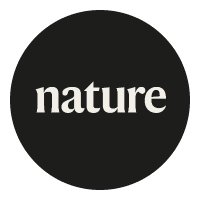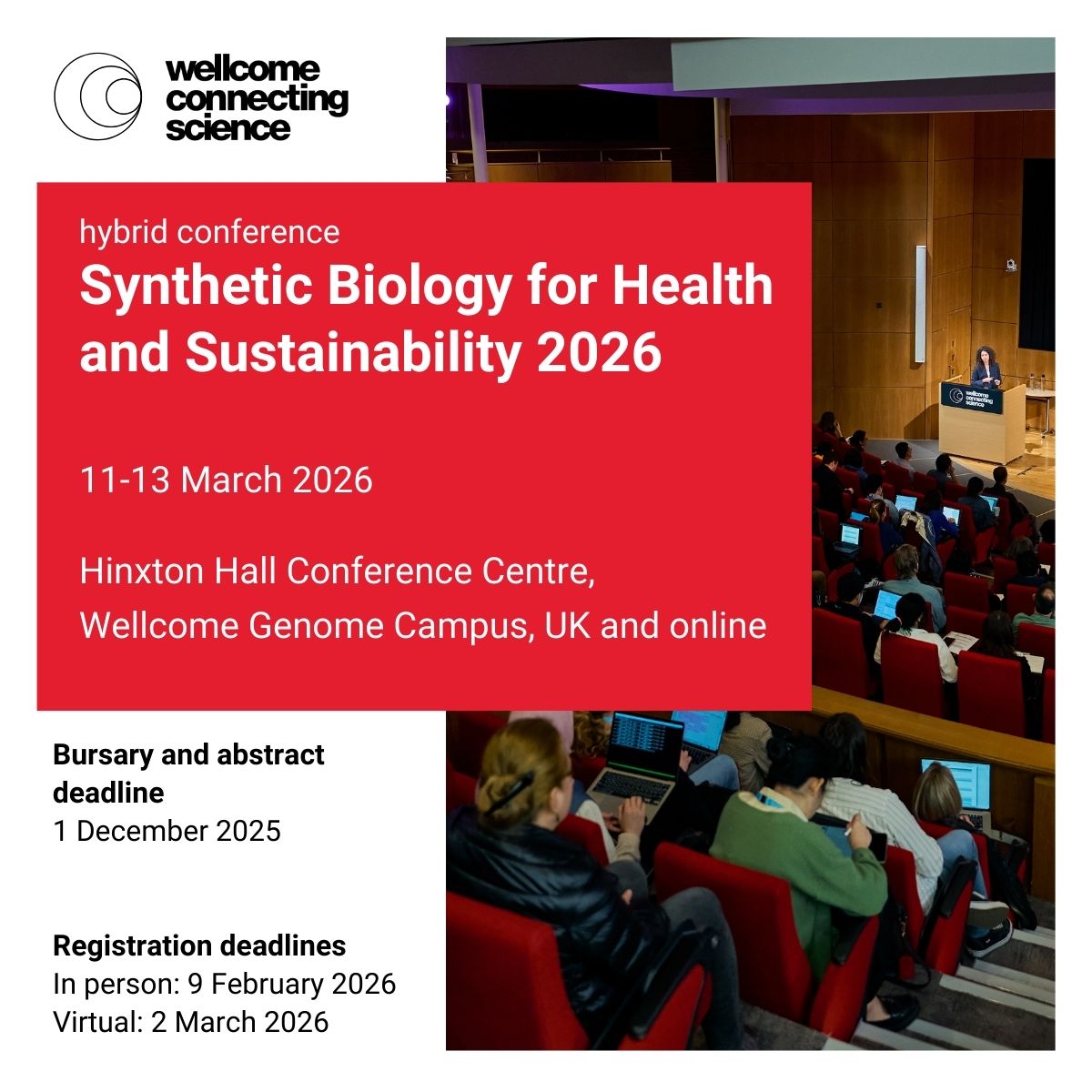
Katie Galloway
@gallowaylabmit
Assistant Prof @MITChemE ; mom^4 + wife; enjoys building cell-fate circuits, exploring dna topology, reprogramming the living world, and soccer; soli gloria deo
ID: 1140029422109483009
https://gallowaylab.mit.edu/ 15-06-2019 22:52:49
4,4K Tweet
7,7K Followers
2,2K Following


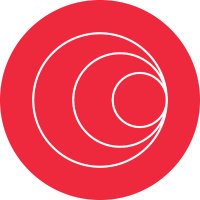
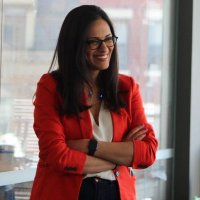
🎉 Our new paper on live, intracellular #ClickChemistry just posted in Nature Communications! Huge shoutout to lead author Keqing Nian for all of the hard work 🙌🏼 Check it out 👉🏼 rdcu.be/enfHz

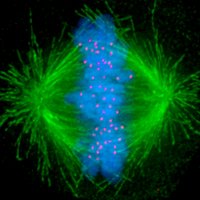
Optical Pooled Screening has transformed large-scale cell biology, but lacks robust end-to-end computational strategies to process these Tb-sized datasets. New from Di Bernardo et al (Matteo Di Bernardo): Brieflow. A game changer for OPS + new biological insights biorxiv.org/content/10.110…

The latest work from my lab, Phage Disco, a method Ellie Rand developed for targeted discovery of bacteriophages based on the bacterial receptor, defense system, or other component they interact with, is now live in mSystems



First student hooded from the Galloway Lab! Congrats, Dr Wang! Excelsior! Nat B. Wang 🧬🧑🏻🔬🏳️🌈 MIT ChemE Dept




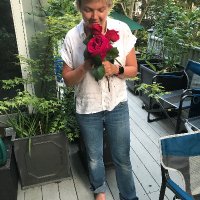
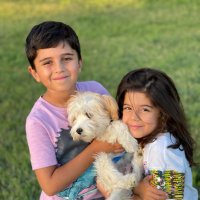
New from our lab: Jessica Shay Jessica E.S. Shay & Fangtao Chi Fangtao Chi show that high-fat ketogenic diets increase small intestinal tumorigenesis by enhancing fatty acid oxidation in stem cells, independent of ketone metabolism. In the colon, KD suppresses tumors—but also

'Transcription factor binding arrays as tools for mammalian engineering' led by the great Annalise Zouein is finally accepted Trends in Biotechnology! Co-lead with Tom Ellis, thanks to Katie Galloway and Brittany Lende-Dorn for working with us! Check this at: authors.elsevier.com/sd/article/S01…

Annalise Zouein's main PhD research paper is published today in Trends in Biotech. Trends in Biotechnology Building and using repeat transcription factor-binding arrays to modulate gene regulation in mammalian cells. No RNA, no protein - just DNA doing the work! sciencedirect.com/science/articl…

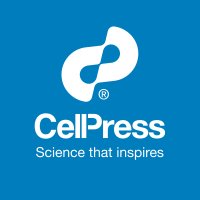
Engineering human pluripotent stem cell lines to evade xenogeneic transplantation barriers. Check out this resource by BIO5 Institute Deepta Bhattacharya & co-workers, published in StemCellReports #ISSCR2025 hubs.li/Q03rG31C0
